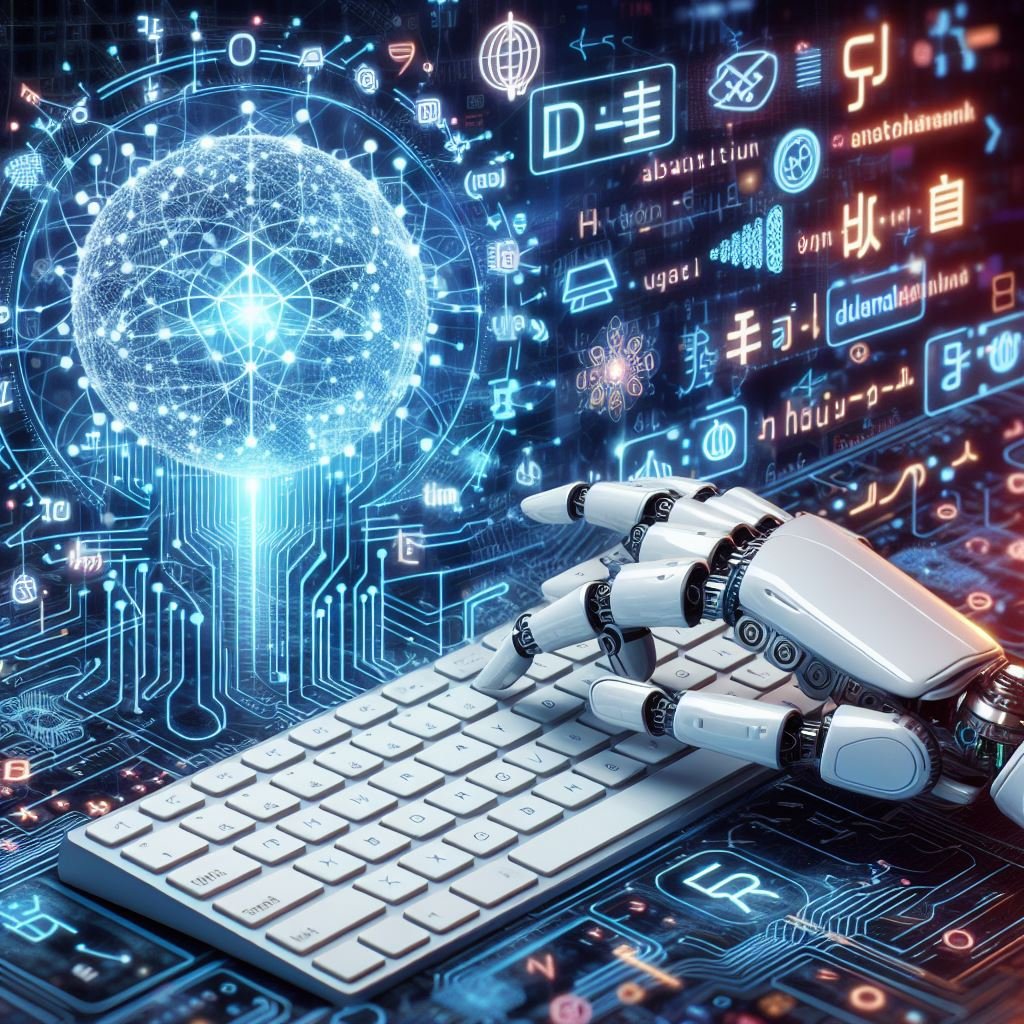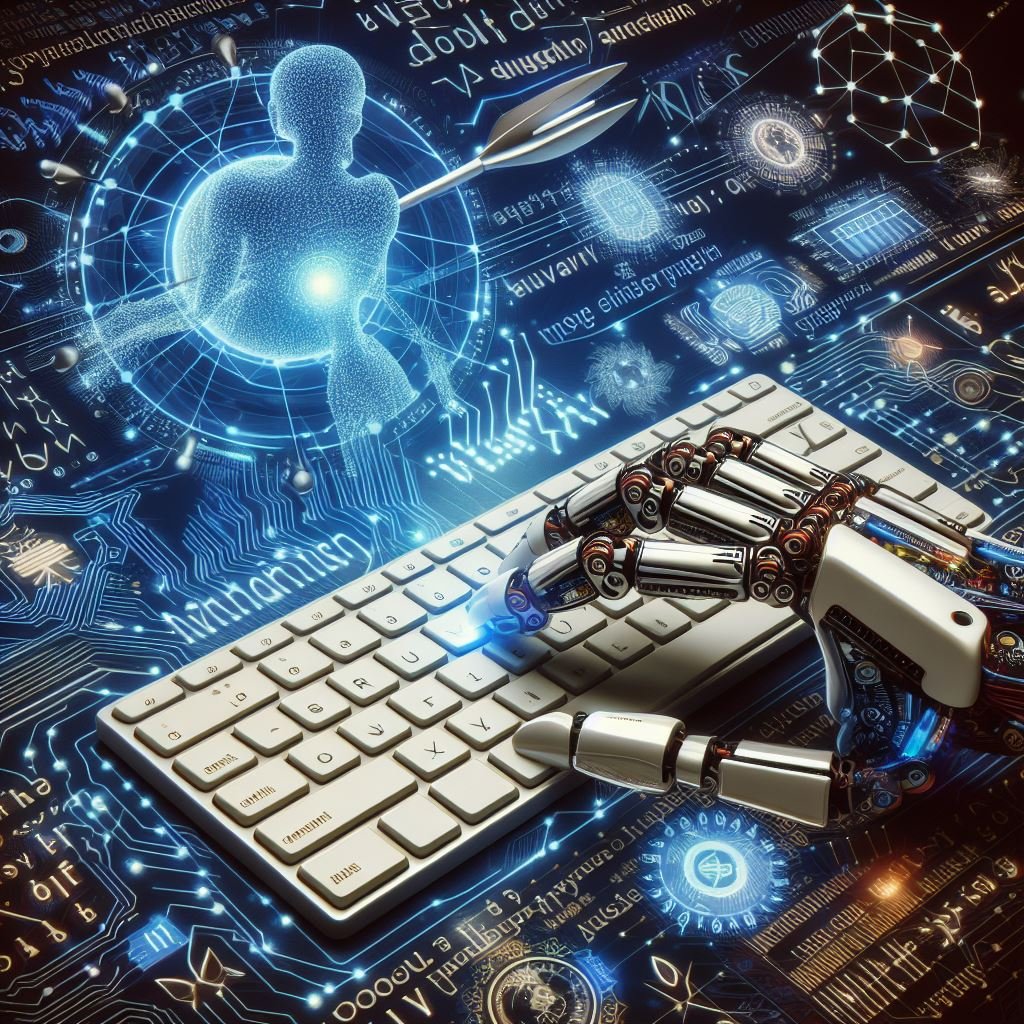Introduction
Machine translation, a cornerstone of Artificial Intelligence (AI), has revolutionized the way we break down language barriers. This article delves into the intricacies of machine translation, unraveling its applications and impact across diverse domains.
Understanding Machine Translation
Machine translation involves the use of algorithms and AI techniques to automatically translate text or speech from one language to another. This process has become increasingly sophisticated, with advancements in neural machine translation (NMT) leading the charge.
Evolution of Machine Translation
Tracing the evolution of machine translation provides insights into the gradual shift from rule-based systems to the more adaptable and context-aware neural networks. Understanding this journey sheds light on the current state of machine translation and its capabilities.
Applications of Machine Translation
From facilitating global communication to aiding in content localization, machine translations finds applications in various domains. This section explores the diverse use cases, including business, healthcare, and education, where this technology plays a pivotal role.
Challenges and Limitations
While machine translations has made remarkable strides, it is not without its challenges. Addressing issues such as context ambiguity, cultural nuances, and language-specific intricacies remains a constant hurdle. This section examines the current limitations and potential areas for improvement.
Impact on Global Business
In the realm of global business, machine translations has become an indispensable tool. Companies leverage this technology to expand their reach, streamline communication, and ensure a consistent global presence. Delve into how AI-powered translation is reshaping the landscape of international commerce.
Advancements in Neural Machine Translation
The advent of neural machine translations has marked a paradigm shift in the field. Explore the technical nuances of NMT, from attention mechanisms to transformer architectures, and understand how these innovations contribute to more accurate and contextually rich translations.
Machine Translation in Content Creation
Content creation, whether in the form of articles, marketing materials, or creative works, benefits from the capabilities of machine translations. Uncover how AI is influencing content creation processes, making them more efficient, scalable, and tailored to diverse audiences.
Ethical Considerations in Machine Translation
As machine translations becomes more pervasive, ethical considerations come to the forefront. This section delves into the potential biases, privacy concerns, and cultural implications associated with the use of AI in translation, prompting a closer examination of responsible AI practices.
Future Trends and Innovations
The journey of machine translations is far from over. Explore the emerging trends and innovations on the horizon, from the integration of machine learning with translations to the potential impact of quantum computing on language processing.
Uses: AI in Translation Services
| Use Case | Description |
|---|---|
| Automated Document Translation | AI-powered systems can efficiently translate large volumes of documents, saving time and resources in professional settings. |
| Real-time Language Interpretation | AI facilitates instant interpretation in various scenarios, such as conferences or business meetings, breaking down language barriers on the spot. |
| E-commerce Globalization | Businesses utilize machine translations to localize product listings, enabling seamless engagement with international customers. |
| Subtitle and Caption Generation | AI is employed to automatically generate subtitles and captions for videos, making multimedia content accessible to diverse audiences. |
| Cross-cultural Content Creation | Content creators leverage machine translations to adapt and distribute their work globally, ensuring it resonates with audiences from different linguistic backgrounds. |
| Multilingual Chatbots | AI-driven chatbots equipped with machine translations capabilities provide multilingual customer support, enhancing user experience in diverse language environments. |
Ethical Considerations in Machine Translation
Address the ethical implications of machine translations, including issues related to bias, privacy, and cultural sensitivity. Examine the responsibility of developers and users in mitigating these concerns.
Conclusion
Sum up the journey through the world of machine translations and its AI applications. Reflect on the transformative impact on communication, businesses, and global connectivity, emphasizing the ongoing role of AI in shaping linguistic landscapes.




